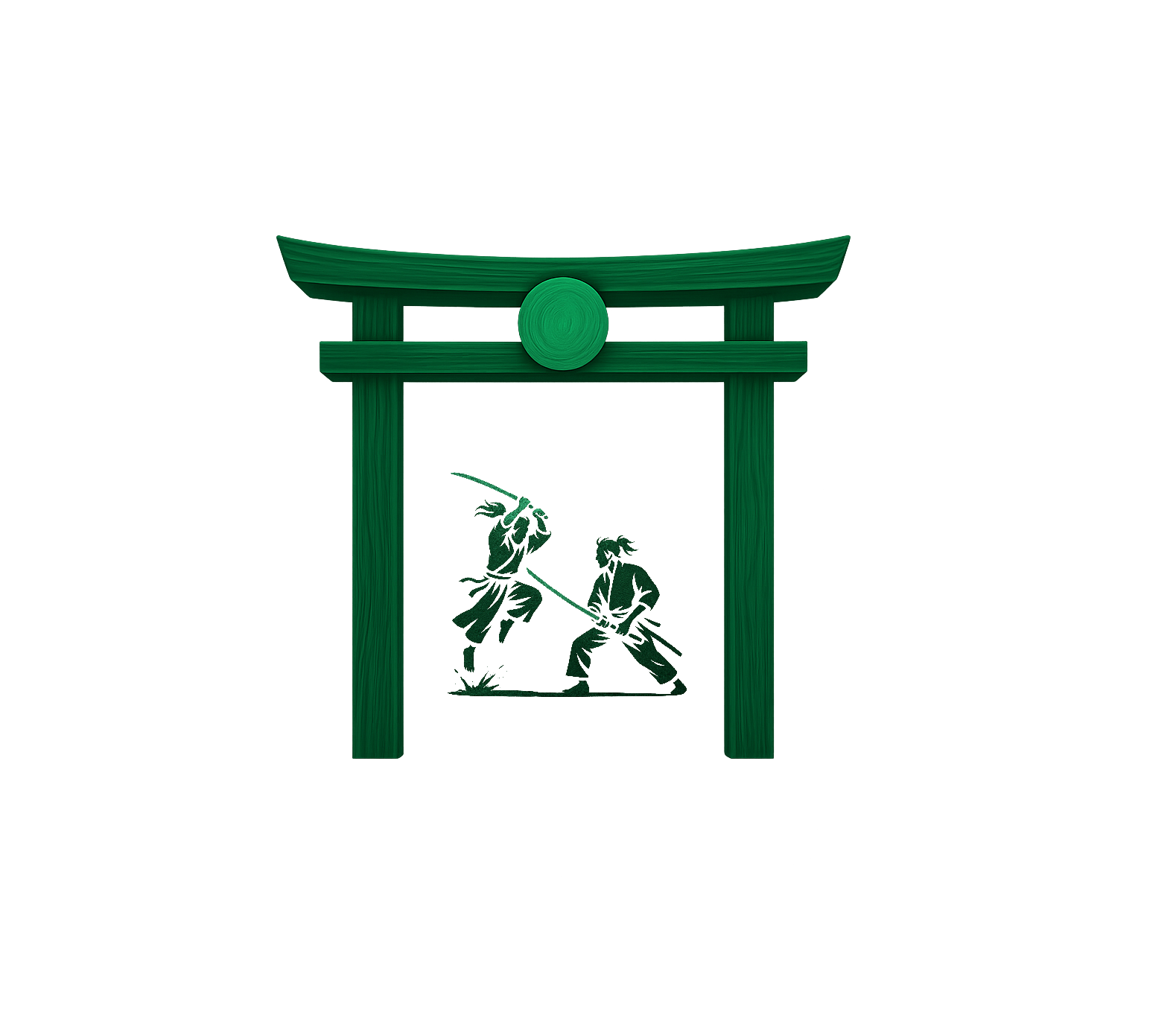In the vast tapestry of the cosmos, Blood Oak stands as a beacon of interconnected tales and timeless rhythms. Its essence is the eternal dance of birth, existence, decay, and rebirth, a flow harmonized by the ebb and pull of time.
Every being within Blood Oak embarks on a transformative journey, not just of self-discovery but of understanding their role in this expansive cosmic theatre. These paths, while uniquely their own, are laden with existential dilemmas echoing age-old human inquiries: What is our purpose? Are we mere pawns of destiny, or do our choices shape the morrow?
As these characters navigate their tales, they encounter challenges that upend their convictions. In confronting mortality and life's fleeting nature, they come to recognize that what may seem like an end could well be a new beginning. They grapple with the core of their journey: is each step a quest for immediate significance, or is it about piecing together moments in hopes of revealing a grander design?
The universe of Blood Oak doesn’t hand out answers readily. It urges its inhabitants to find significance in both the monumental and the minute. These tales, while otherworldly, mirror our own pursuits, posing questions about the nature of life and the patterns we weave through our choices.
So, as you immerse yourself in the depths of Blood Oak, let its narratives envelop you. See in them the dance of destinies, where every decision, every twist, leads towards an elusive understanding of the universe's grand tapestry. In these tales, you shall find not just the adventures of distant beings but reflections for your own journey and the mysteries it holds.
Emerging from the pages of our Universe is the tale of Voljaryk, an embodiment of the cyclical chain of destinies. Once a warrior of unparalleled might, the turn of events witnessed his descent into paranoia, his mind shadowed by distrust. The consequences of his actions, driven by his insecurities, were profound. They did not die with him but rippled through the veins of his lineage. His son, Huggin, bore the marks of his father’s past, both mentally and physically. The loss of Huggin’s sword-bearing arm, rendering him reliant on his shield arm, wasn't merely a physical handicap. It became a potent symbol of his reign — defensive, protective, avoiding direct confrontations, and perceived as weak. Yet, it is in the mighty frame of Sjarkke, reminiscent of Voljaryk’s prime, that hope emerges. Showing the possibility of breaking free from chains binding one to generational traumas and symbolizing the potential of rewriting one's destiny.






